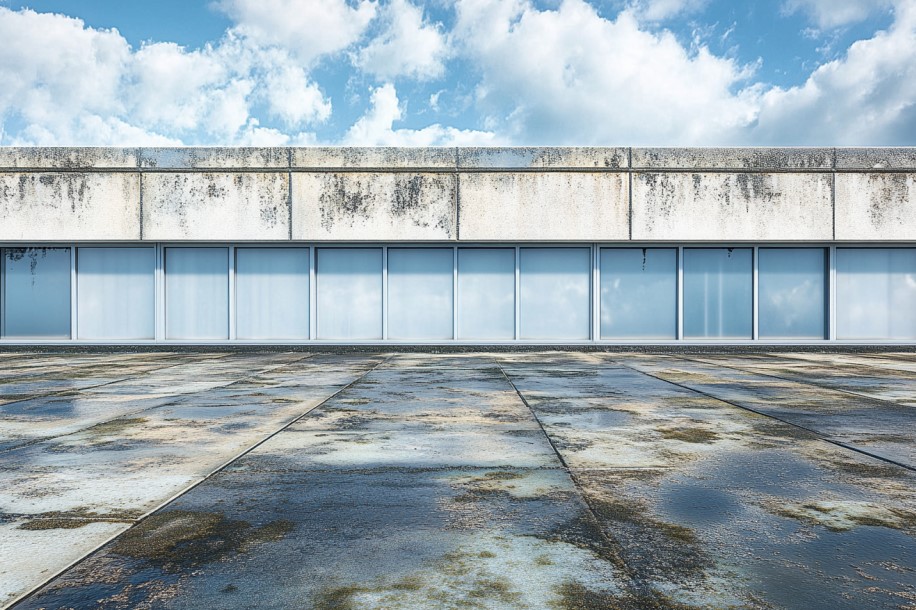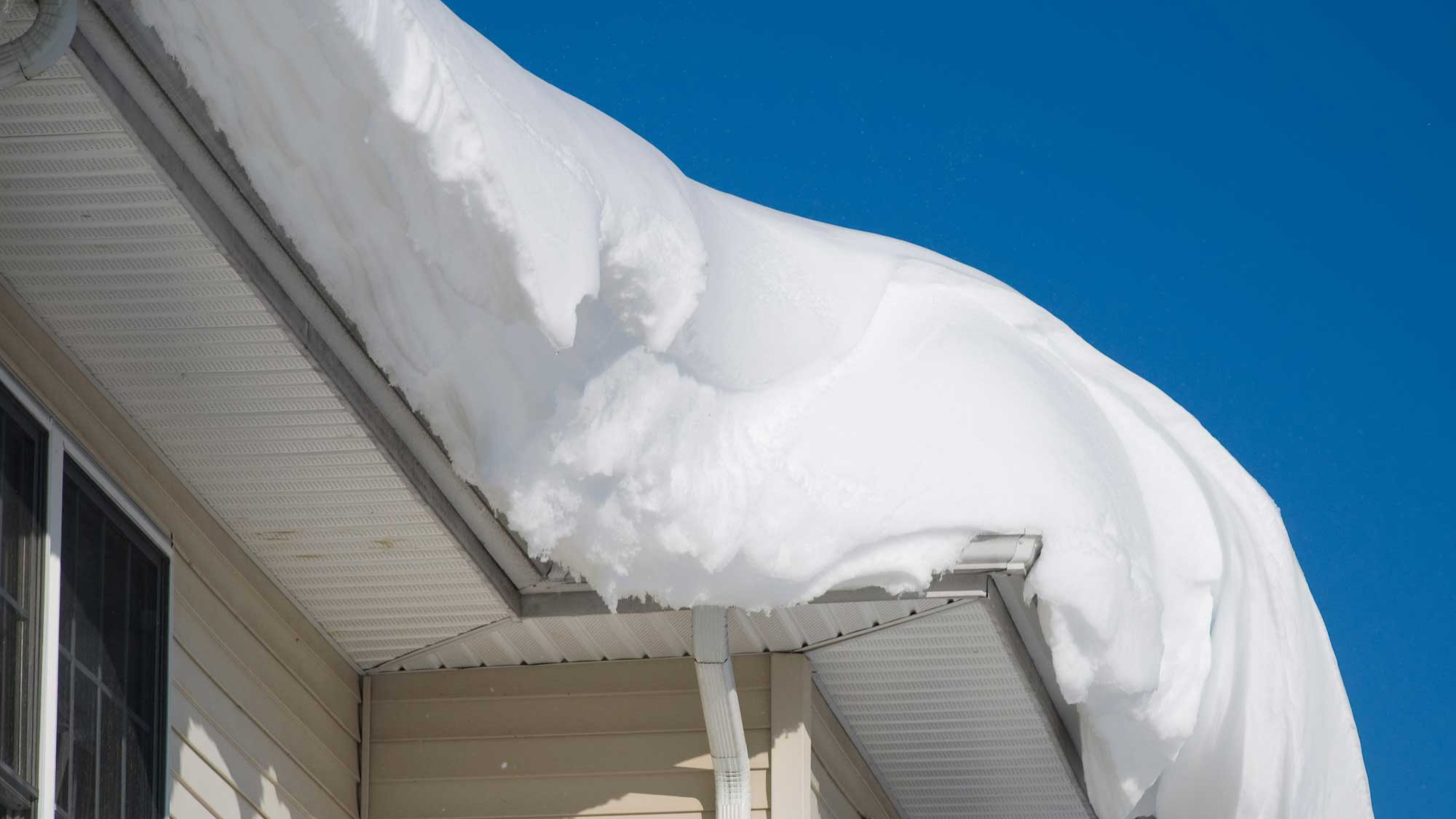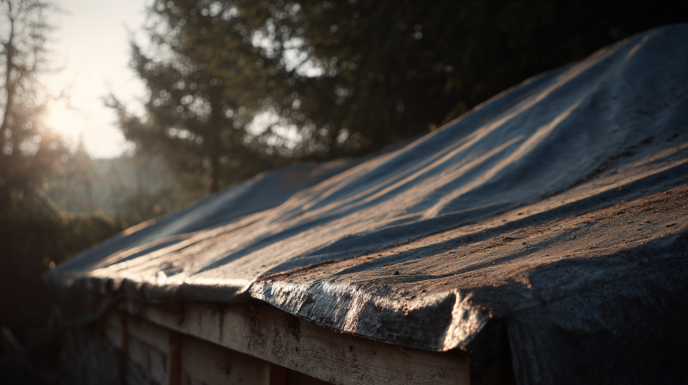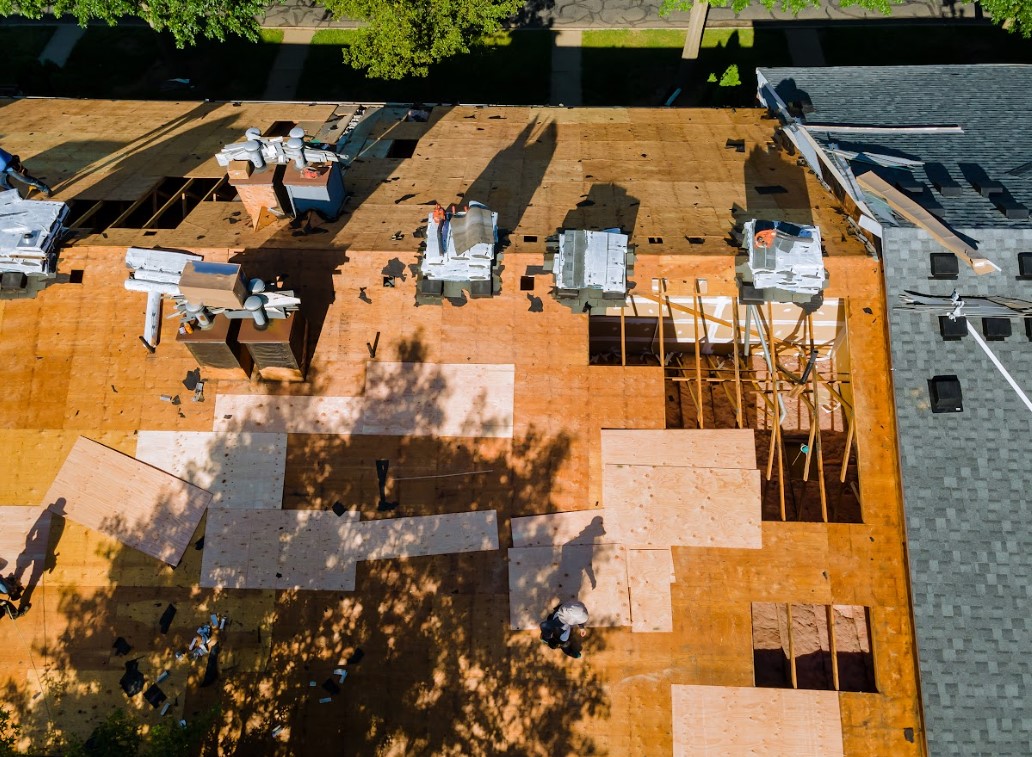Commercial flat roofs are widely used for businesses, warehouses, and industrial buildings due to their cost-effectiveness and accessibility for maintenance. However, despite their benefits, flat roofs are more prone to specific issues that can lead to expensive repairs or even premature roof failure if not addressed in time.
Understanding the common problem areas of commercial flat roofs can help business owners and property managers take proactive steps to protect their buildings. In this guide, we’ll explore the most frequent flat roofing issues, why they occur, and how to prevent costly damage.
1. Ponding Water: A Serious Threat to Flat Roofs
One of the most frequent problems with commercial flat roofs is ponding water, which occurs when water pools on the roof for more than 48 hours after rainfall. Unlike sloped roofs, which naturally drain water, flat roofs require a proper drainage system to prevent standing water.
Why Ponding Water is Dangerous
- Increases the risk of leaks and water infiltration
- Causes structural stress and weakens roofing materials
- Accelerates membrane deterioration
- Encourages mold, algae, and vegetation growth
How to Prevent Ponding Water
- Ensure roof drains, scuppers, and gutters are clear of debris
- Install tapered insulation to promote proper drainage
- Schedule regular inspections to identify and fix low spots
For more information on proper roof drainage, the National Roofing Contractors Association (NRCA) provides guidelines on maintaining commercial roofing systems.
2. Roof Leaks and Moisture Infiltration
Leaks are one of the most dreaded issues for commercial property owners. Even a small leak can lead to significant structural damage, mold growth, and costly repairs if left untreated.
Common Causes of Flat Roof Leaks
- Punctured Membrane: Foot traffic, dropped tools, or sharp debris can puncture the roofing membrane.
- Seam Failures: Improperly installed or aged seams can separate, allowing water to penetrate.
- Flashing Damage: Flashing protects joints and edges, but it can crack or pull away over time.
- Clogged Drains: Water buildup from clogged drains increases the risk of leaks.
How to Prevent Roof Leaks
- Conduct regular roof inspections, especially after storms
- Use reinforced membrane materials for high-traffic areas
- Repair seams and flashing before they lead to leaks
- Install protective walkways to minimize damage from foot traffic

3. Membrane Damage and Blistering
Flat roofs rely on a waterproof membrane, such as TPO, EPDM, or PVC, to protect against moisture. Over time, exposure to UV rays, extreme temperatures, and heavy foot traffic can cause the membrane to crack, blister, or deteriorate.
Signs of Membrane Damage
- Bubbling or blistering on the roof’s surface
- Cracks or splits in the membrane
- Loose or peeling sections
Causes of Membrane Deterioration
- Prolonged exposure to direct sunlight
- Poor installation techniques
- Trapped moisture under the membrane
How to Prevent Membrane Damage
- Apply reflective coatings to reduce UV damage
- Schedule routine maintenance to identify and repair minor issues
- Ensure proper installation by hiring experienced commercial roofing professionals
For additional information on roofing materials, check out the U.S. Department of Energy’s guide to roofing systems.
4. Flashing Failures and Edge Damage
Flashing is a critical component of commercial flat roofs, sealing edges, vents, and joints to prevent water infiltration. Over time, flashing can deteriorate due to thermal expansion, weather exposure, and general wear and tear.
What Causes Flashing to Fail?
- Poor installation techniques
- Frequent temperature fluctuations causing expansion and contraction
- Rust or corrosion on metal flashing
- Adhesive failure leading to separation from the roof surface
How to Protect Flashing and Edges
- Inspect flashing annually and reseal or replace it as needed
- Use high-quality, weather-resistant flashing materials
- Ensure proper installation by hiring a skilled commercial roofing contractor
5. Structural Issues and Roof Deck Weakness
A flat roof’s structural integrity depends on the strength of the roof deck. Over time, water infiltration, improper load distribution, and aging materials can cause the deck to weaken, leading to sagging or even collapse in severe cases.
Signs of Roof Deck Problems
- Noticeable sagging or dips in the roof
- Cracking or warping in interior ceilings
- Persistent leaks despite repairs
How to Prevent Structural Damage
- Ensure proper load distribution when installing HVAC units or equipment
- Conduct routine structural assessments
- Repair leaks immediately to prevent moisture damage to the deck
6. Poor Installation and Workmanship Errors
Even the best roofing materials can fail prematurely if the installation is done incorrectly. Poor workmanship is a leading cause of many commercial flat roof issues.
Common Installation Mistakes
- Improper sealing of seams and flashing
- Incorrect insulation placement leading to condensation issues
- Poor drainage planning, resulting in ponding water
- Use of low-quality materials that degrade faster
How to Avoid Workmanship Issues
- Hire a trusted, experienced commercial roofing contractor
- Verify that the contractor follows industry best practices
- Request references and check online reviews before hiring
If you’re unsure about the quality of your roof installation, the National Institute of Building Sciences provides valuable resources on commercial roofing standards.
Why Routine Maintenance is Key to Flat Roof Longevity
Preventing roofing issues before they occur is the best way to extend the life of your commercial flat roof. A proactive maintenance plan can help detect problems early and reduce costly emergency repairs.
Key Maintenance Tips for Commercial Flat Roofs
✔ Schedule bi-annual roof inspections to identify potential issues before they escalate
✔ Keep gutters and drains clear to prevent water pooling
✔ Check seams, flashing, and membrane for damage regularly
✔ Trim overhanging trees to reduce debris buildup and minimize impact damage
✔ Address minor repairs immediately to avoid larger structural problems
A well-maintained roof can last decades, saving business owners thousands in premature replacement costs.
Get Professional Commercial Roofing Services in Batesville
A commercial flat roof is a significant investment, and proper care is essential to ensuring its longevity. At Gutapfel Roofing, we specialize in diagnosing and fixing the common problem areas of commercial flat roofs before they turn into costly repairs. Our experienced team provides expert installation, repair, and maintenance services to keep your building protected year-round.
Don’t wait until a minor issue becomes a major problem—get a free estimate now from Gutapfel Roofing and ensure your commercial roof is in top condition!



